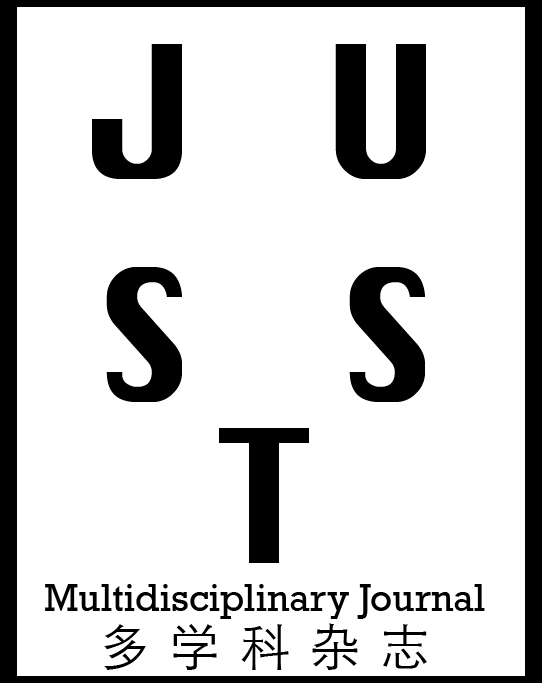Mehreen Ijaz*
Department of Home Economics, Lahore College for Women University, Lahore, Pakistan.
*Corresponding author
Effect of Weave Structure on Pilling Resistance of Woven Fabrics at Various Washing Intervals
Authors
Abstract
This study determines the pilling resistance of woven fabrics, made with plain, basket, rib, twill, and satin weaves, following several launderings and rubbing cycles. Fabrics with different fibre compositions, including 100% cotton and cotton-polyester blends, were subjected to 0, 3, and 5 washing and 50, 100, 150, 200 and 250 rubbing cycles to determine their pilling behaviour in accordance with ASTM D 4970 test standard. The plain weave constructed of a cotton-polyester blend (B1) had the best pilling resistance due to its tight interlacement and strong polyester component. Satin weave specimens performed poorly, disintegrating quickly due to long yarn floats, which caused yarn slippage and increased friction. Twill weaves, famed for their diagonal patterns, had good abrasion resistance, whereas basket and rib weaves, with their looser structures, were more prone to pilling. The findings indicate that fibre blend and weave structure play important roles in fabric durability. Polyester blends and tightly woven structures, including as plain and twill weaves, are more resistant to pilling, making them perfect for applications that require high durability.
